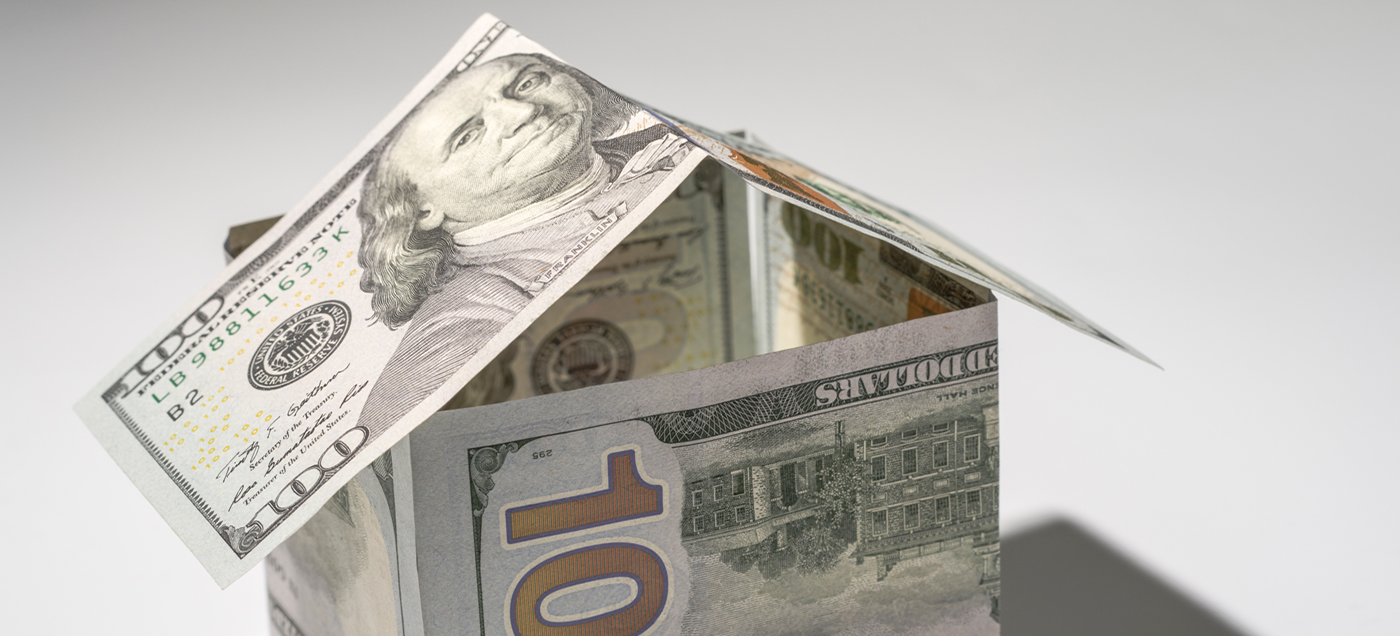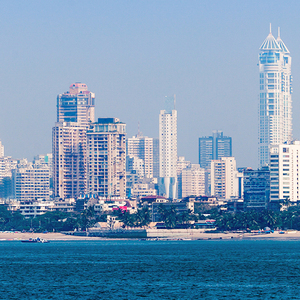Residential Real Estate News

Home Prices Rise in 87 Percent of U.S. Metros in Q3
Residential News » Washington D.C. Edition | By WPJ Staff | November 11, 2024 7:04 AM ET
In the National Association of Realtors' latest quarterly report, about 90% of U.S. metro areas (196 out of 226, or 87%) saw home price increases during Q3 of 2024, as 30-year fixed mortgage rates fluctuated between 6.08% and 6.95%. Seven percent of the 226 tracked metro areas recorded double-digit price gains, down from 13% in the previous quarter.
"Home prices remain stable as indicated by the majority of markets showing gains," said NAR Chief Economist Lawrence Yun. "A typical homeowner accumulated $147,000 in home equity over the past five years. Despite rapid price growth in recent years, the risk of a market crash remains low. Distressed property sales and mortgage defaults are both at historic lows."

Compared to a year ago, the national median price for single-family existing homes rose by 3.1% to $418,700, though it had increased by 4.9% in the prior quarter year-over-year.
By region, the South led in single-family home sales (45.1%) in Q3, with a year-over-year price increase of 0.8%. Home prices also rose by 7.8% in the Northeast, 4.3% in the Midwest, and 1.8% in the West.
The top 10 metro areas with the largest year-over-year median price gains saw increases of at least 10.6%. Illinois had four of these markets. Leading areas included Racine, Wis. (13.7%); Youngstown-Warren-Boardman, Ohio-Pa. (13.1%); Syracuse, N.Y. (13.0%); Peoria, Ill. (12.4%); Springfield, Ill. (12.3%); Burlington-South Burlington, Vt. (11.7%); Shreveport-Bossier City, La. (11.5%); Rockford, Ill. (11.1%); Decatur, Ill. (10.9%); and Norwich-New London, Conn. (10.6%).
California dominated the list of the 10 most expensive U.S. markets. These included San Jose-Sunnyvale-Santa Clara, Calif. ($1,900,000; 2.7%); Anaheim-Santa Ana-Irvine, Calif. ($1,398,500; 7.2%); San Francisco-Oakland-Hayward, Calif. ($1,309,000; 0.7%); Urban Honolulu, Hawaii ($1,138,000; 7.2%); San Diego-Carlsbad, Calif. ($1,010,000; 3.2%); Salinas, Calif. ($959,800; 1.5%); San Luis Obispo-Paso Robles, Calif. ($949,800; 6.7%); Los Angeles-Long Beach-Glendale, Calif. ($947,500; 5.6%); Oxnard-Thousand Oaks-Ventura, Calif. ($947,400; 2.8%); and Boulder, Colo. ($832,200; -3.0%).
Almost 13% of markets (29 of 226) experienced price declines in Q3, up from around 10% in Q2.
Housing affordability saw slight improvement in Q3 as mortgage rates eased. Monthly mortgage payments on a typical single-family home with a 20% down payment fell to $2,137, down 5.5% from Q2 ($2,262) and 2.4%--or $52--compared to a year ago. Families spent about 25.2% of their income on mortgage payments, down from 26.9% in Q2 and 27.1% a year ago.
"Housing affordability has been challenging, but the situation appears to be improving," Yun noted. "Wages are rising faster than home prices, and despite some fluctuations, mortgage rates are stabilizing below last year's levels. More homes are reaching the market, giving buyers more options."
First-time buyers saw marginally better affordability compared to the previous quarter. For a typical starter home priced at $355,900 with a 10% down payment, the monthly mortgage payment fell to $2,097, down 5.5% from Q2 ($2,218) and by $49, or 2.3%, compared to last year ($2,146). First-time buyers typically spent 38% of their income on mortgage payments, down from 40.6% in the previous quarter.
To afford a 10% down payment mortgage, a family needed an income of at least $100,000 in 42.5% of markets, down from 48% in Q2. Only 2.2% of markets required an income of less than $50,000 to afford a home, a decrease from 2.7% the previous quarter.
Sign Up Free | The WPJ Weekly Newsletter
Relevant real estate news.
Actionable market intelligence.
Right to your inbox every week.
Real Estate Listings Showcase
Related News Stories
Residential Real Estate Headlines
- U.S. Mortgage Demand Spikes 20 Percent in Early April as Rates Drop
- Las Vegas Area Home Prices Uptick 4.3 Percent Annually in March
- Single-Family Rent Growth in U.S. Trends Upward in 2025
- U.S. Mortgage Rates Tick Down Post Trump Tariffs Commencement
- President Trump's 'Liberation Day' Tariffs Potential Impact on the U.S. Housing and Mortgage Markets
- Baby Boomers Biggest Cohort of U.S. Home Buyers in 2025 as Millennials Decline
- U.S. Monthly Housing Payments Hit Record High in 2025
- U.S. Pending Home Sales Uptick in February
- Global Prime Residential Rent Slowdown Continued in Late 2024
- Ireland Home Price Inflation Hits 8 Year High in Early 2025
- Existing Home Sales in America Uptick in February
- Great Miami Area Residential Sales Decline 15 Percent Annually in February
- Mortgage Rates Uptick in Mid-March, Ending 9-Week Decline in U.S.
- World Property Ventures Builds the Future of Real Estate with New Funding Round
- U.S. Builder Sentiment Declines Amid Economic Uncertainty and Rising Costs
- Black Homeownership Rates in U.S. Enjoy Largest Annual Increase of All Racial Groups
- Wealthy Renters Are Taking Over More of the U.S. Rental Market
- If U.S. Congress Does Not Extend NFIP Soon, Thousands of Daily Home Closings Impacted
- U.S. Mortgage Applications Spike 11 Percent in Early March
- Greater Palm Beach Area Residential Sales Rise in Early 2025
- New Apartments in U.S. Are Leasing at Slowest Pace on Record
- U.S. Mortgage Rates Drop to 4 Month Low in March
- Overall U.S. Mortgage Delinquency Rates Dip in December
- New Tariffs on Canada, Mexico to Impact U.S. Homebuilder Input Costs
- Monaco's Property Market: A Tale of Two Cities
- U.S. Home Purchase Cancellations Surge, 1 in 7 Sales Getting Canceled
- U.S. Pending Home Sales Hit Historic Low in Early 2025
- Greater Miami Area Residential Sales Dip in January
- Governor DeSantis Supports Ending Property Taxes in Florida
- WPV Aims to Become the Berkshire Hathaway of Real Estate Tech
- U.S. Home Sales Slump Continues in January
- Average Americans Spend 38 Percent of Monthly Income on Mortgage Payments
- Switzerland's Safe-Haven Appeal Grows with World's Wealthy Homebuyers
- U.S. Builder Confidence Rapidly Declines in February
- Las Vegas Home Sales Rise 6.7 Percent Annually in January, Condo Sales Dip
- Homebuyer Demand in America Drops to 5-Year Low in Early 2025
- Ownership More Affordable Than Renting in Most U.S. Markets
- The World's First Global Listings Service Launches, Called a GLS
- Home Prices Continue to Rise in 89 Percent of U.S. Metros in Late 2024
- Global Luxury Residential Prices Showed Gradual Improvement in Late 2024





